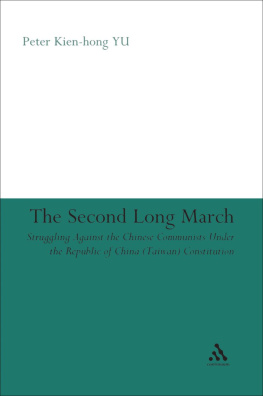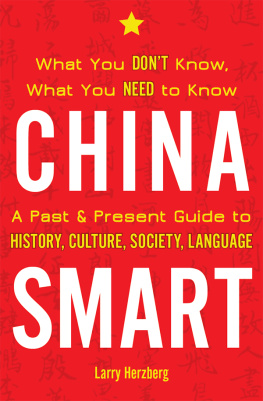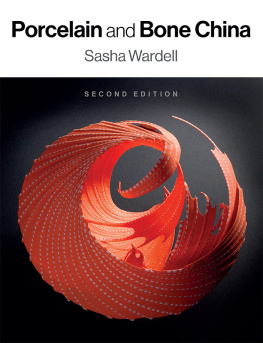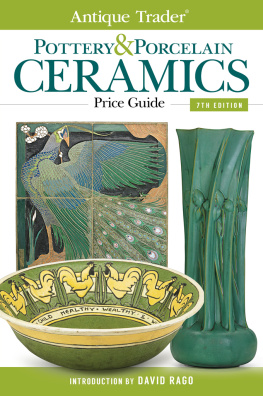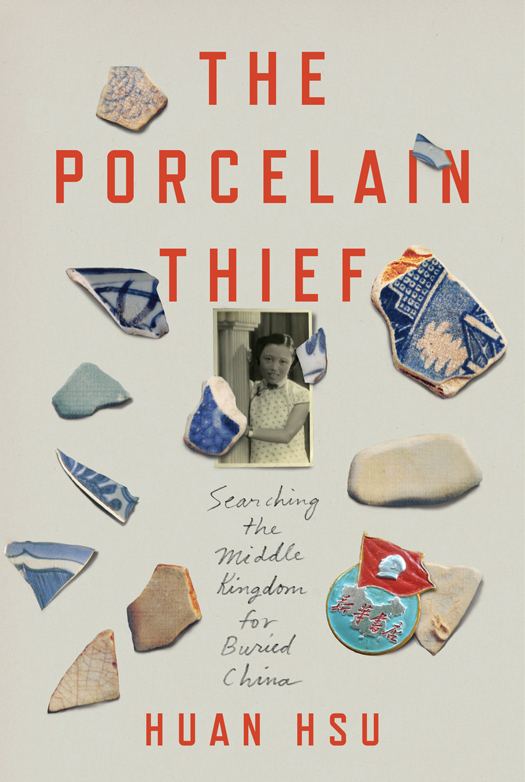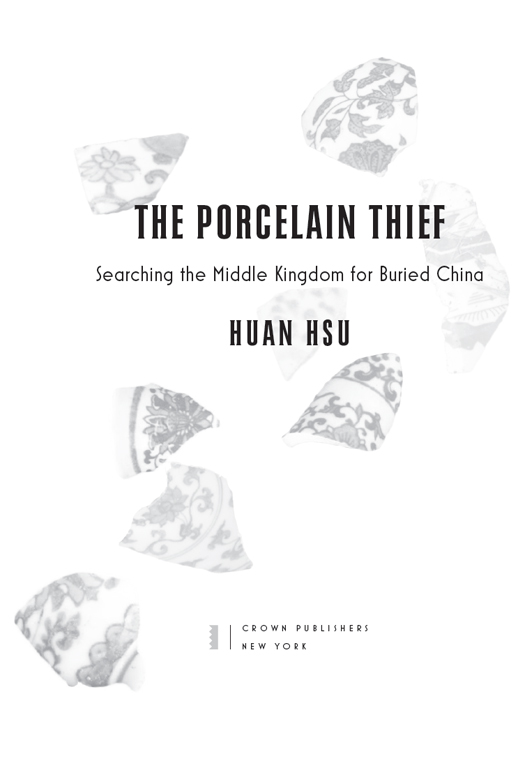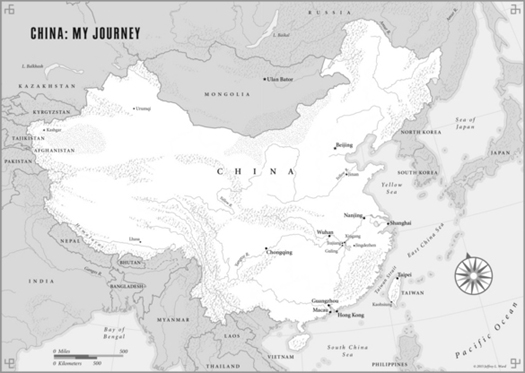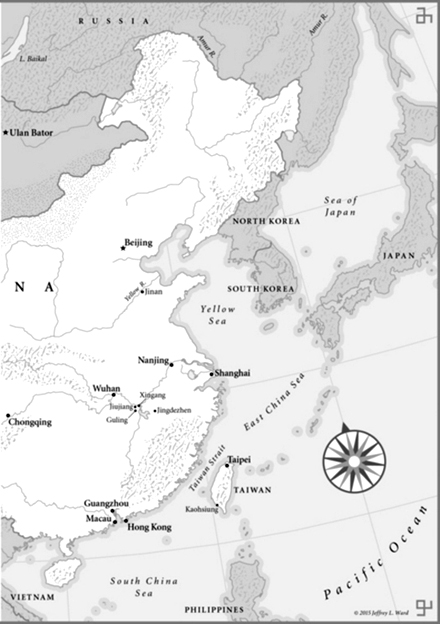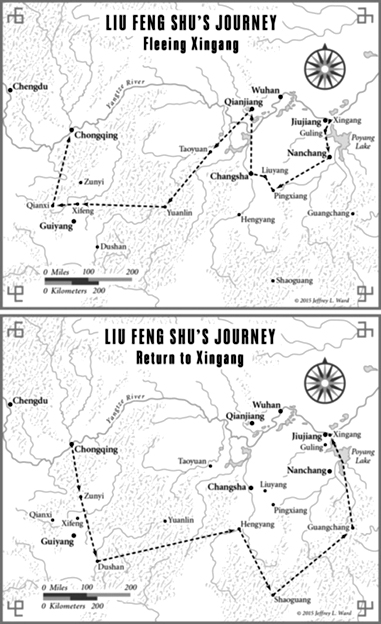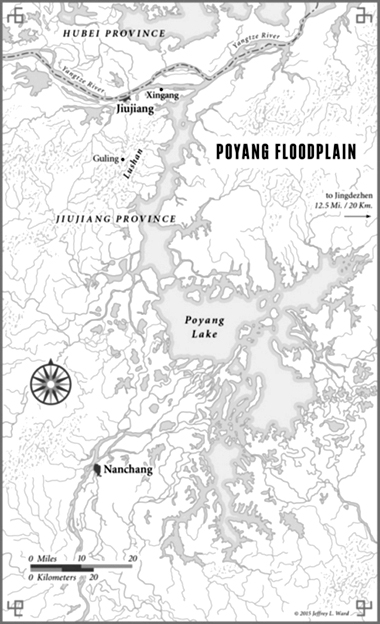Huan Hsu - The Porcelain Thief: Searching the Middle Kingdom for Buried China
Here you can read online Huan Hsu - The Porcelain Thief: Searching the Middle Kingdom for Buried China full text of the book (entire story) in english for free. Download pdf and epub, get meaning, cover and reviews about this ebook. year: 2015, publisher: Crown, genre: Detective and thriller. Description of the work, (preface) as well as reviews are available. Best literature library LitArk.com created for fans of good reading and offers a wide selection of genres:
Romance novel
Science fiction
Adventure
Detective
Science
History
Home and family
Prose
Art
Politics
Computer
Non-fiction
Religion
Business
Children
Humor
Choose a favorite category and find really read worthwhile books. Enjoy immersion in the world of imagination, feel the emotions of the characters or learn something new for yourself, make an fascinating discovery.

- Book:The Porcelain Thief: Searching the Middle Kingdom for Buried China
- Author:
- Publisher:Crown
- Genre:
- Year:2015
- Rating:5 / 5
- Favourites:Add to favourites
- Your mark:
The Porcelain Thief: Searching the Middle Kingdom for Buried China: summary, description and annotation
We offer to read an annotation, description, summary or preface (depends on what the author of the book "The Porcelain Thief: Searching the Middle Kingdom for Buried China" wrote himself). If you haven't found the necessary information about the book — write in the comments, we will try to find it.
A journalist travels throughout mainland China and Taiwan in search of his familys hidden treasure and comes to understand his ancestry as he never has before.
In 1938, when the Japanese arrived in Huan Hsus great-great-grandfather Lius Yangtze River hometown of Xingang, Liu was forced to bury his valuables, including a vast collection of prized antique porcelain, and undertake a decades-long trek that would splinter the family over thousands of miles. Many years and upheavals later, Hsu, raised in Salt Lake City and armed only with curiosity, moves to China to work in his uncles semiconductor chip business. Once there, a conversation with his grandmother, his last living link to dynastic China, ignites a desire to learn more about not only his lost ancestral heirlooms but also porcelain itself. Mastering the language enough to venture into the countryside, Hsu sets out to separate the layers of fact and fiction that have obscured both China and his heritage and finally complete his familys long march back home.
Melding memoir, travelogue, and social and political history, The Porcelain Thief offers an intimate and unforgettable way to understand the complicated events that have defined China over the past two hundred years and provides a revealing, lively perspective on contemporary Chinese society from the point of view of a Chinese American coming to terms with his hyphenated identity.
Huan Hsu: author's other books
Who wrote The Porcelain Thief: Searching the Middle Kingdom for Buried China? Find out the surname, the name of the author of the book and a list of all author's works by series.


